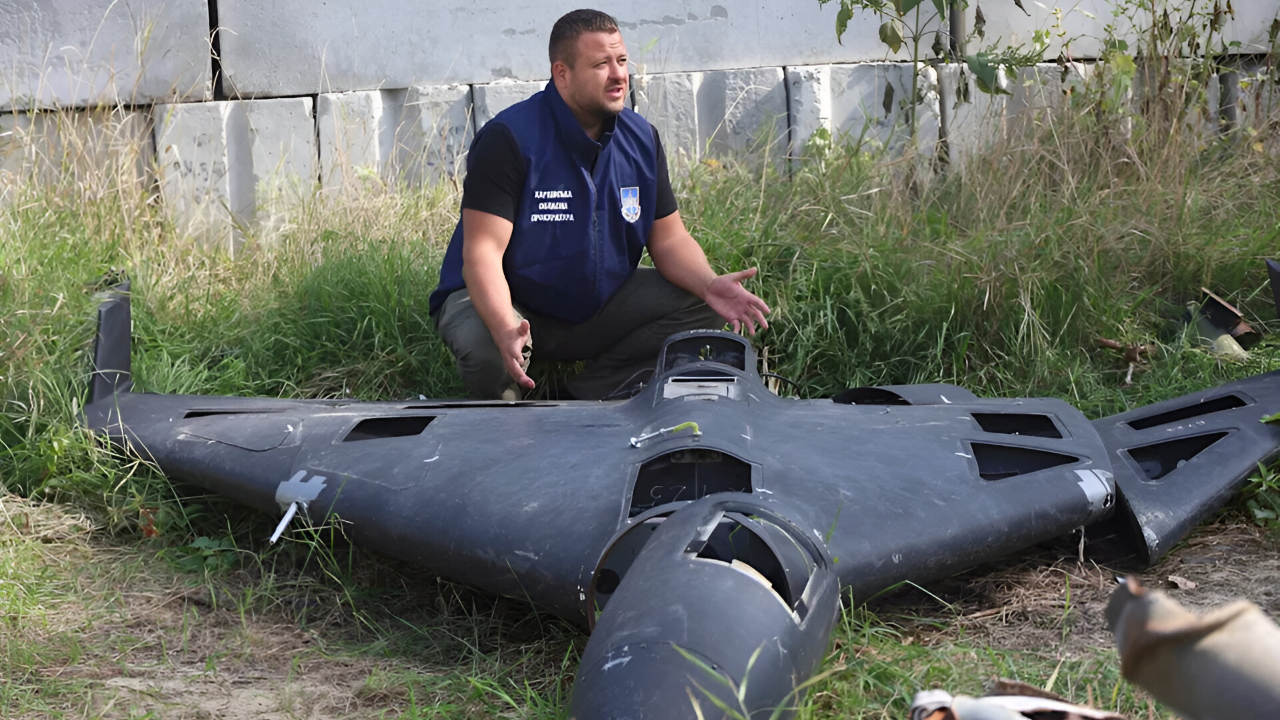
Russia has been using massive missile barrages in the ongoing conflict in Ukraine, which are partially powered by American and other foreign-made components. Notably, recent strikes included more than 100,000 foreign parts, including components from Japan, the UK, and several European countries, as well as advanced microchips from American firms like Texas Instruments and Analog Devices.
Despite strict sanctions designed to destroy Russia’s military-industrial complex, this supply continues. This article provides a critical analysis of the geopolitical, technological, and logistical elements influencing the war today by delving into the intricate web of international supply chains, sanction evasions, and the significant strategic ramifications of Western technology enabling Moscow’s missile attacks.
Export Evasion and Technology Transfer Practices from the Soviet Era
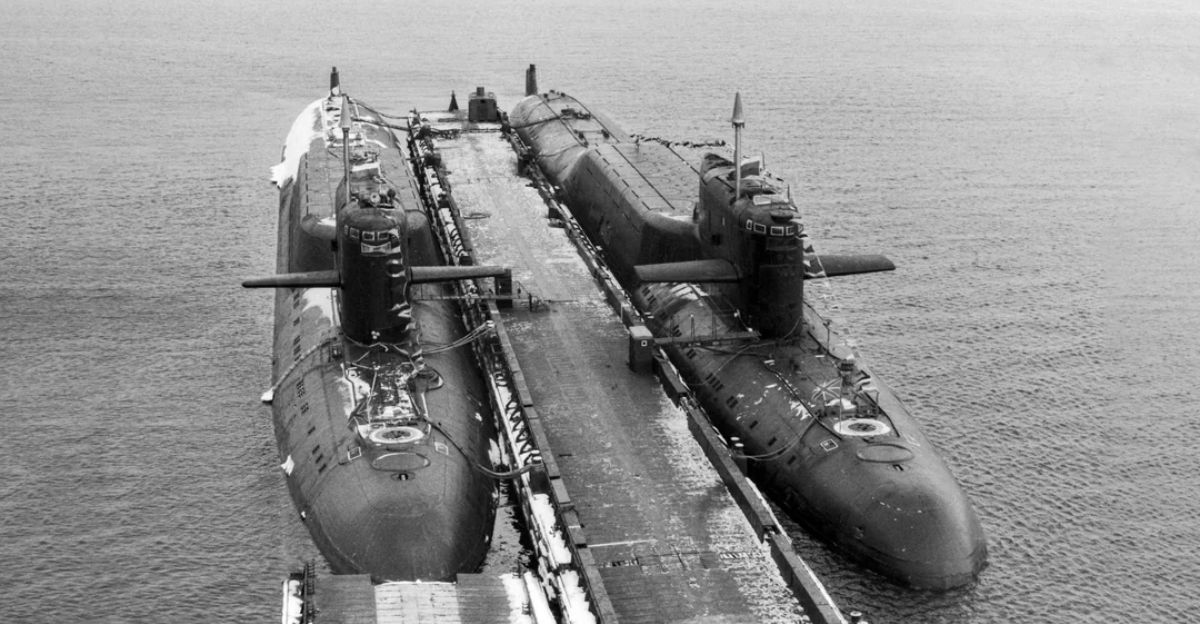
Russia has a long history of using foreign technologies for military objectives. In order to obtain sophisticated machinery during the Cold War, the Soviet Union used front companies to get around export restrictions. In particular, they were able to obtain CNC machines from Norway and Japan, which allowed for the construction of quieter submarines.
This historical precedent clarifies how sanctioned regimes secretly enhance their military capabilities by taking advantage of international trade networks. Similar tactics are seen in the ongoing conflict as Russia uses third-party middlemen, especially China, and shell corporations to get Western microelectronics that are essential for developing drone and missile guidance systems in spite of sanctions.
The Need for Foreign Chips in Russian Missiles
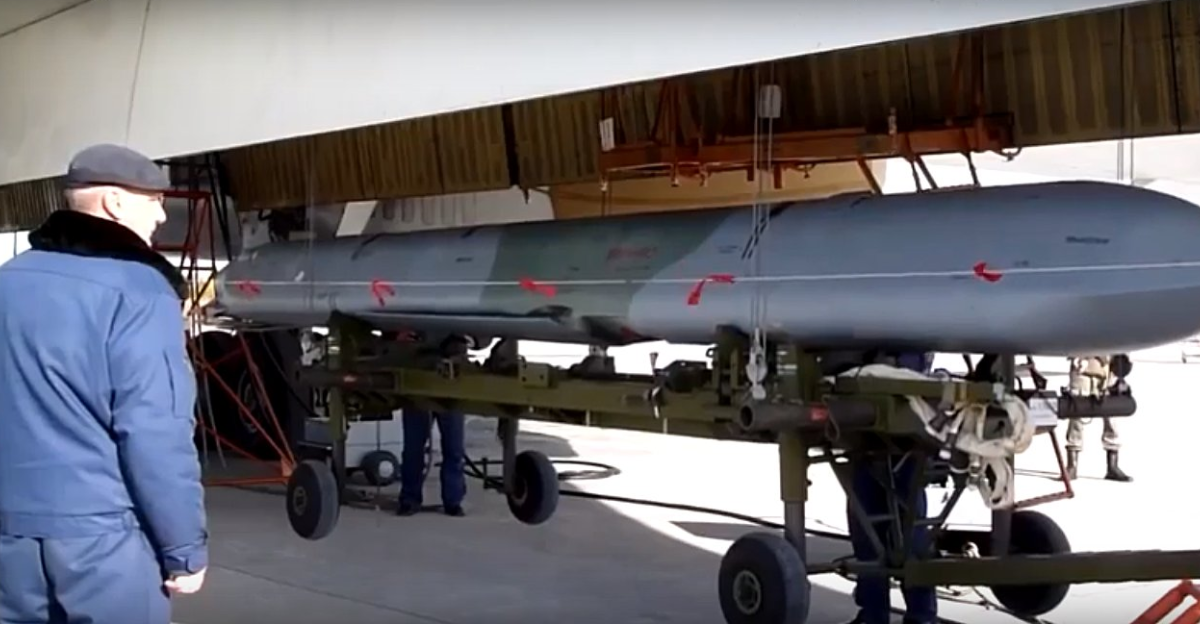
Russia is still dependent on imported semiconductors and precision parts due to its underdeveloped domestic manufacturing of high-tech military components. Thousands of foreign-made parts, such as integrated circuits, sensors, and navigation electronics, are incorporated into contemporary missiles like the Kh-101 and Kalibr.
These elements are essential for communication systems that allow for precise strikes on Ukrainian infrastructure, guidance, and accurate targeting. Due to the manufacturing gap, Russia is unable to manufacture advanced weapons on its own, so direct and covert exports from the West and allies are essential to its missile arsenal.
Sanctions and Their Restrictions: The Difficulty of Impeding Essential Elements

Western countries have imposed extensive export restrictions on dual-use technologies that are vital to Russia’s war machine since the 2022 invasion. However, Russia’s intricate procurement practices, disparate sanction regimes, and enforcement flaws permit foreign components to enter Russian hands.
According to research, 69% of the foreign parts used in Russian drones come from American businesses, primarily via Hong Kong and China. Illicit networks, shady supply chains, and surrogate buyers pose problems for sanctions enforcement, exposing the limitations of traditional trade restrictions against determined actors.
The Missile Barrage as Psychological Warfare and Power Projection
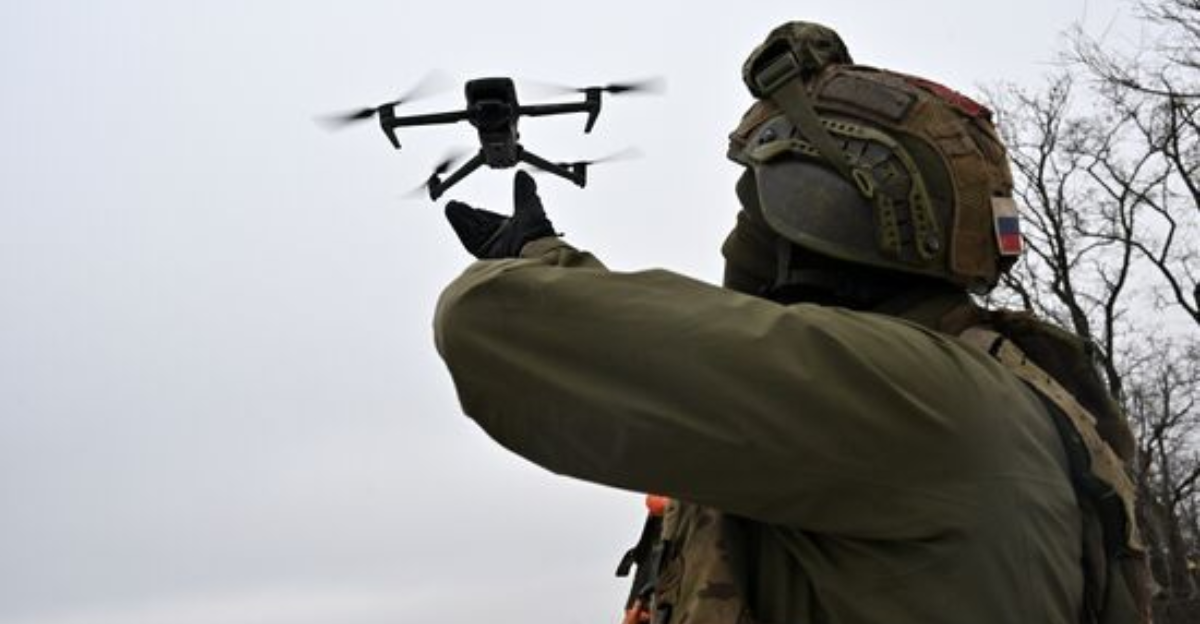
In addition to using hundreds of weapons with tens of thousands of foreign components, the massive missile and drone strikes on Ukraine are part of a larger strategy of destabilization and attrition. Russia wants to undermine morale, interfere with civilian life, and show that it can maintain military power in the face of sanctions by attacking energy infrastructure and urban areas.
The paradox that modern foreign chips allow destruction in a sanctioned theater is demonstrated by the use of technologically sophisticated missiles that rely on Western components, which creates a great deal of psychological pressure.
The Function of Globalization in Contemporary Warfare Logistics

The Russian war effort serves as a reminder of the close connection between military logistics and global supply chains. Russian missile technology incorporates parts made in several continents, including the United States, Europe, and Asia.
Because suppliers have to keep an eye on secondary and tertiary transfers as well as direct exports, frequently through third countries, this interconnectedness makes sanctions more difficult to implement.
The Irony of Western Technology Strengthening an Opponent
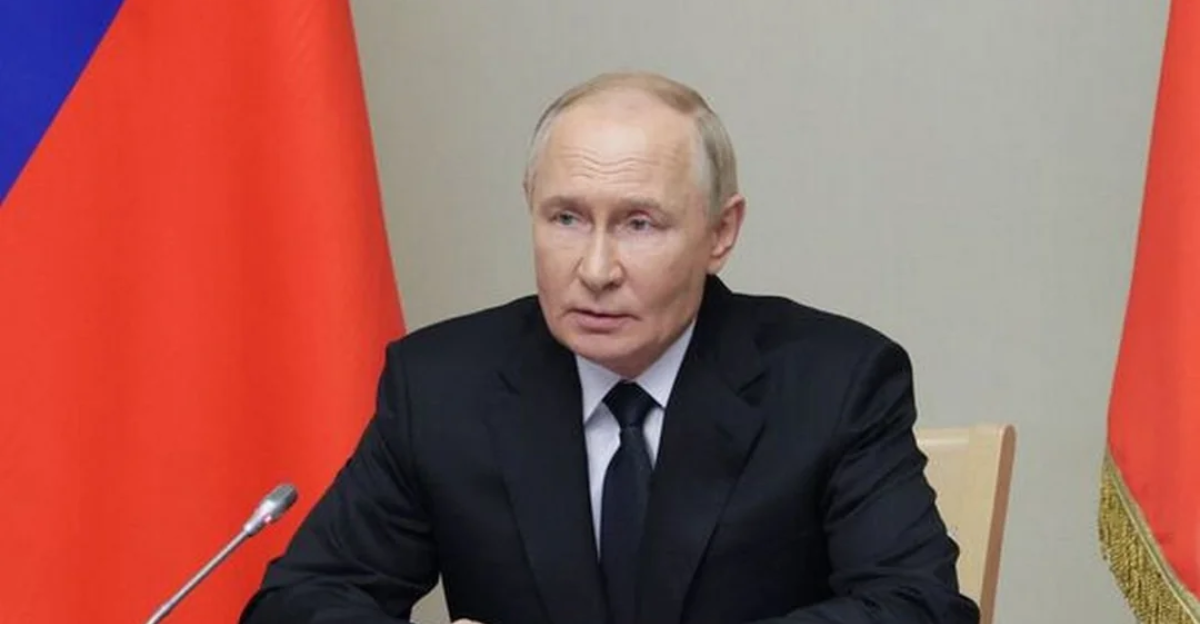
Realizing that Western innovation, meant for peaceful or commercial purposes, unintentionally maintains Russia’s offensive capabilities presents a provocative angle. Moral clarity is obscured by the dual-use nature of precision engineering and microelectronics; how can transfer be stopped without seriously impairing international technology markets?
This paradox pushes policymakers to think outside the box when it comes to sanctions; they might concentrate on strengthening supply chain transparency, engaging diplomatically, or funding alternative defenses that lessen dependency on susceptible technologies.
Prospective Remedies and Advancements in Sanction Enforcement
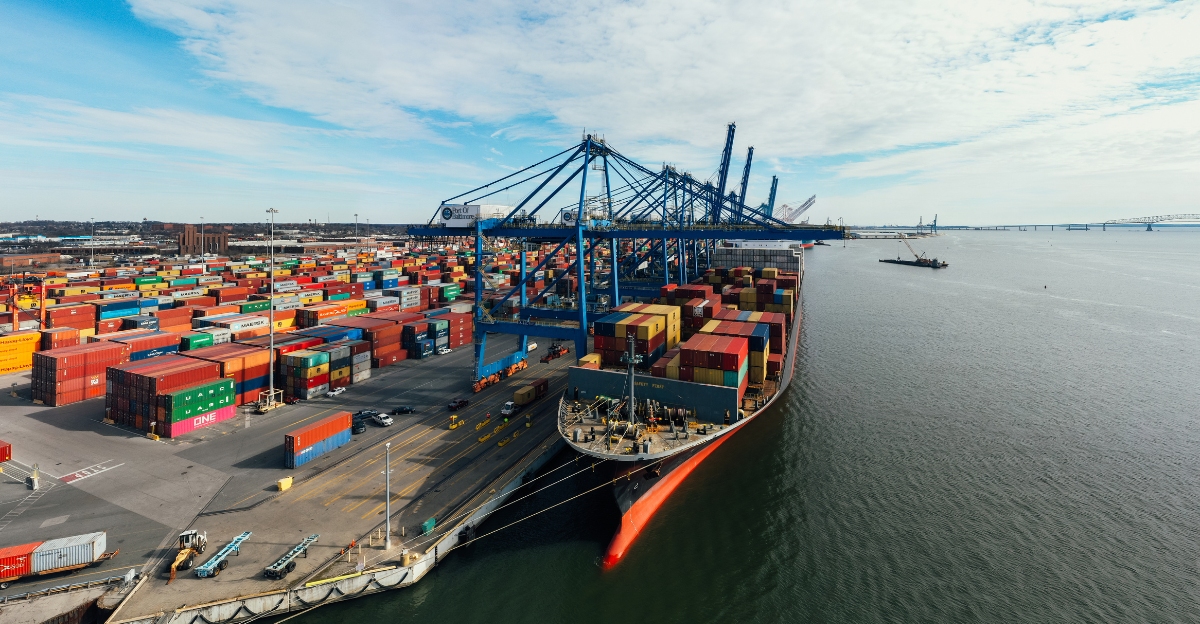
Harmonizing export control lists among nations and improving collaboration between manufacturers and enforcement organizations are two initiatives aimed at closing sanction loopholes. In order to disrupt illicit procurement networks, new strategies are being developed, such as international task forces, advanced forensic analysis of recovered missile debris, and blockchain for end-use verification.
Discussions about increasing prohibited dual-use products while taking economic realities into account are still going on. In the meantime, noncompliant companies are under pressure to increase the cost and risk of supplying Russia with essential components as a result of intelligence sharing and the public disclosure of breaches.
Size and Technological Make-Up
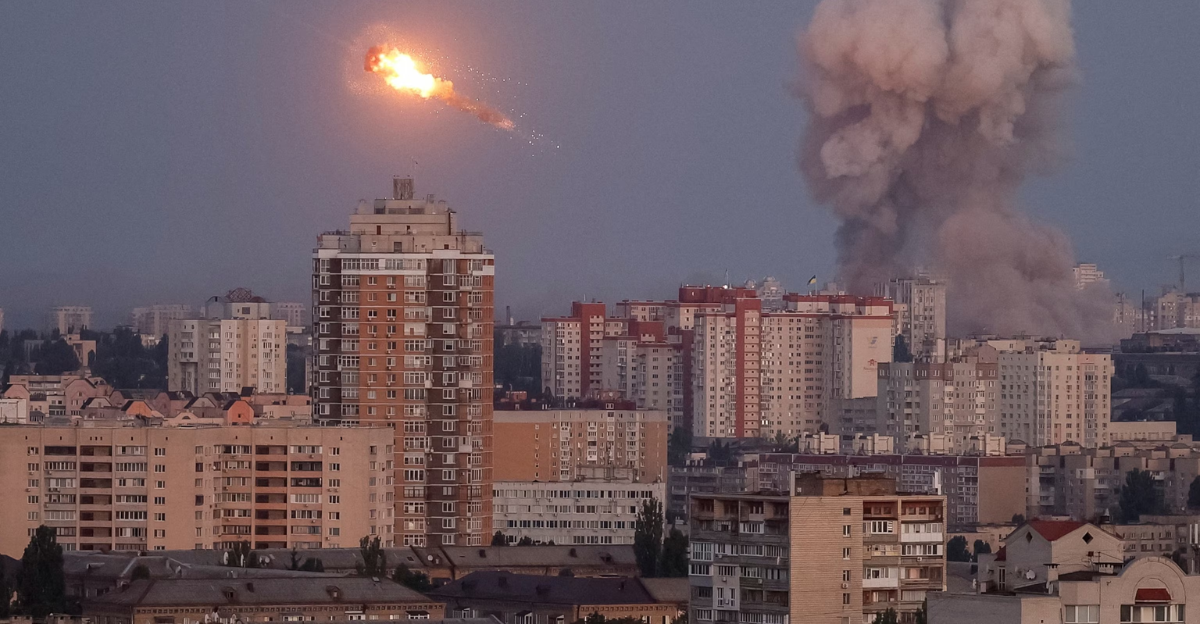
The scope and technological complexity of the October 5, 2025, missile barrage on Ukraine are prime examples: Over 100,000 foreign components were used in 549 missiles and drones, including 496 strike drones and 53 sophisticated missiles such as the Kinzhal hypersonic and Iskander-K ballistic missiles.
According to investigations, many of them included parts from allies and U.S. chips, suggesting a large, ongoing supply chain network in spite of sanctions. The advanced variety of missiles demonstrates how Russia’s ability to integrate foreign technology improves its capacity to launch multi-domain, prolonged attacks on population centers and vital infrastructure.
Strategic Implications at the Regional and Global Level
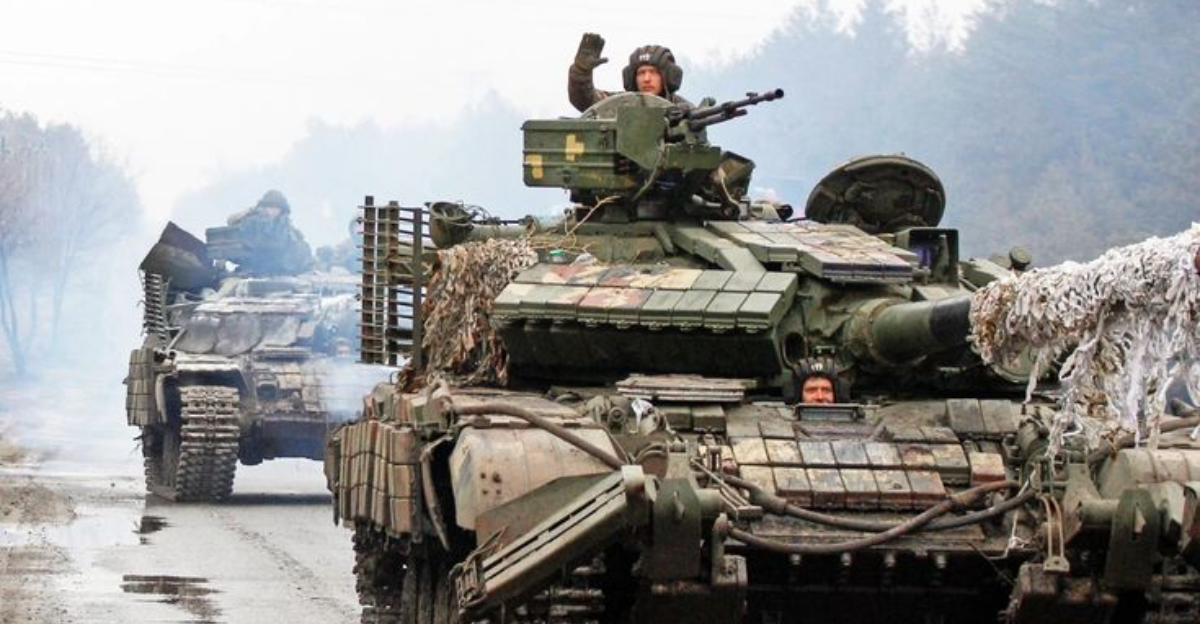
Russia’s military operations are made possible by its reliance on Western technology, but it also compromises international security by normalizing illegal procurement networks and weakening the effectiveness of sanctions. As countries doubt the efficacy of controls, this exacerbates armaments competition and strains alliances.
It puts financial pressure on manufacturers to conduct thorough supply chain audits. Because it prolongs the conflict and gives Moscow more confidence, the flow of parts poses a political risk of escalation. Strategically, it calls for robust frameworks that go beyond the current sanctions and highlights the vulnerabilities present in globalized high-tech industries entwined with geopolitical contests.
Viewpoint and Accountability
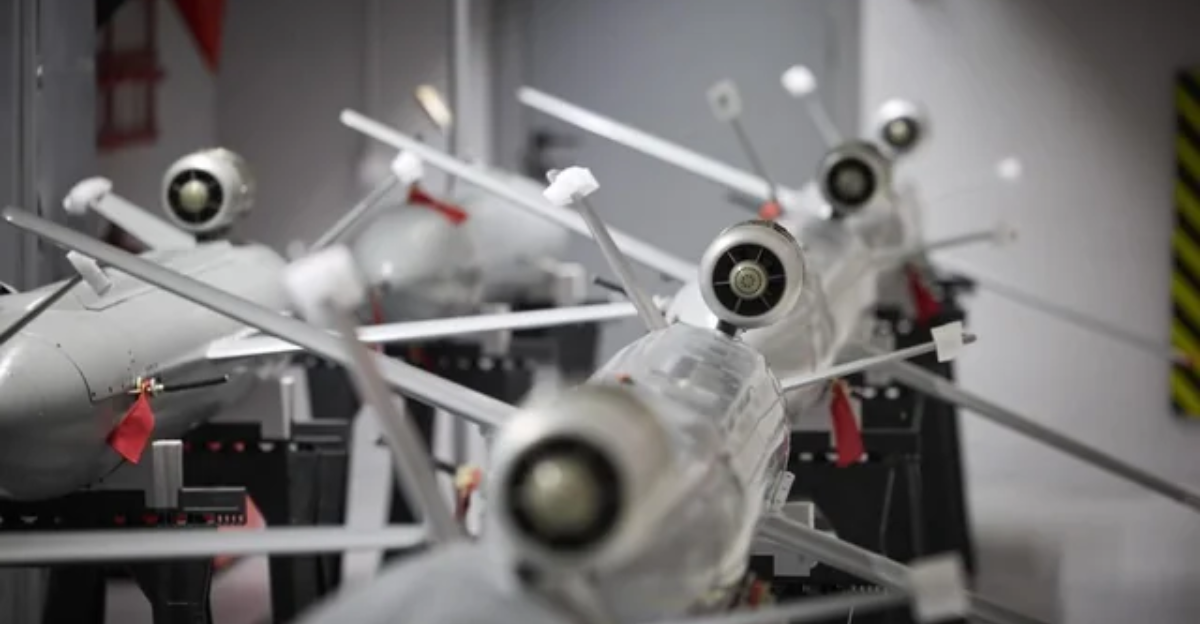
Companies and governments face moral conundrums when they realize that goods created by civilian businesses allow for devastation in Ukraine. Firms are under pressure from public scrutiny and shareholder activism to enforce strict compliance, but enforcement is complicated by market and political incentives.
Psychologically, the story of “foreign parts powering missiles” shapes perceptions of victimhood and complicity while influencing public opinion and wartime morale on both sides. This means that the discussion of technology transfer goes beyond economics to include issues of global responsibility, war ethics, and the human cost of technological globalization.
The Model of the “Supply Chain Battlefield”
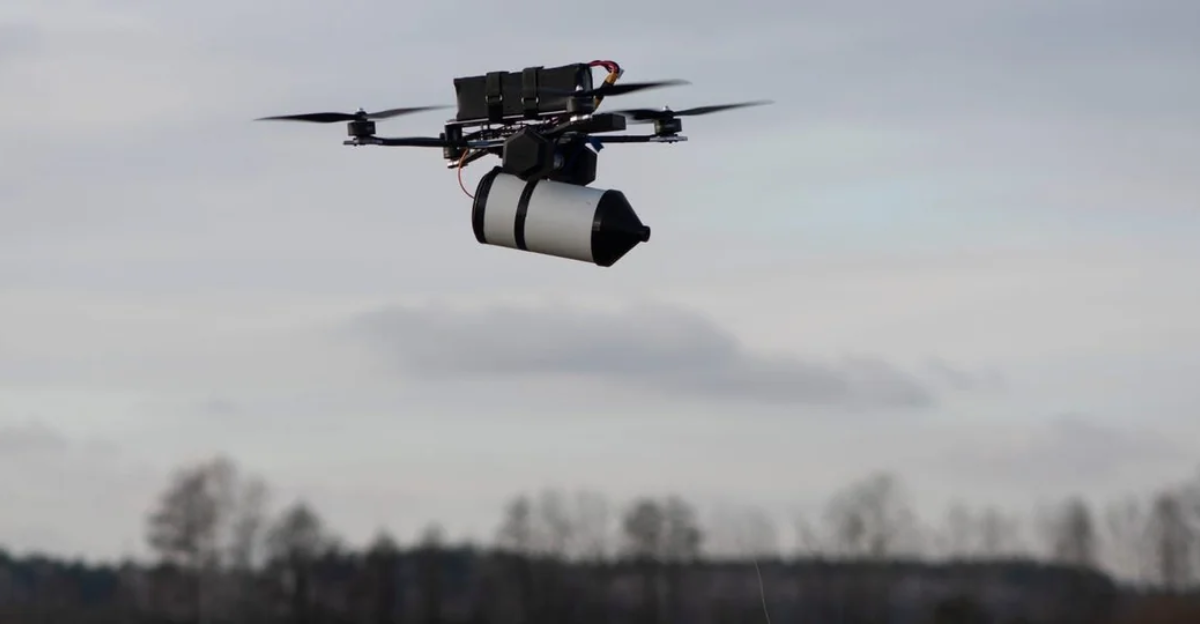
The conflict front can be modeled as a “supply chain battlefield” where operational endurance is determined by control over component flow, in addition to being kinetic.
According to this model, intelligence collection, enforcement, and diplomacy are frontline operations similar to conventional military operations. Cutting off this flow is equivalent to cutting off the enemy’s supply lines, but doing so calls for multinational coordination, real-time data sharing, and technological innovation. This highlights a new area of warfare that is influenced by cyber capabilities and global commerce.
Comparing Cold War Analogues to Russia’s Missile Technology
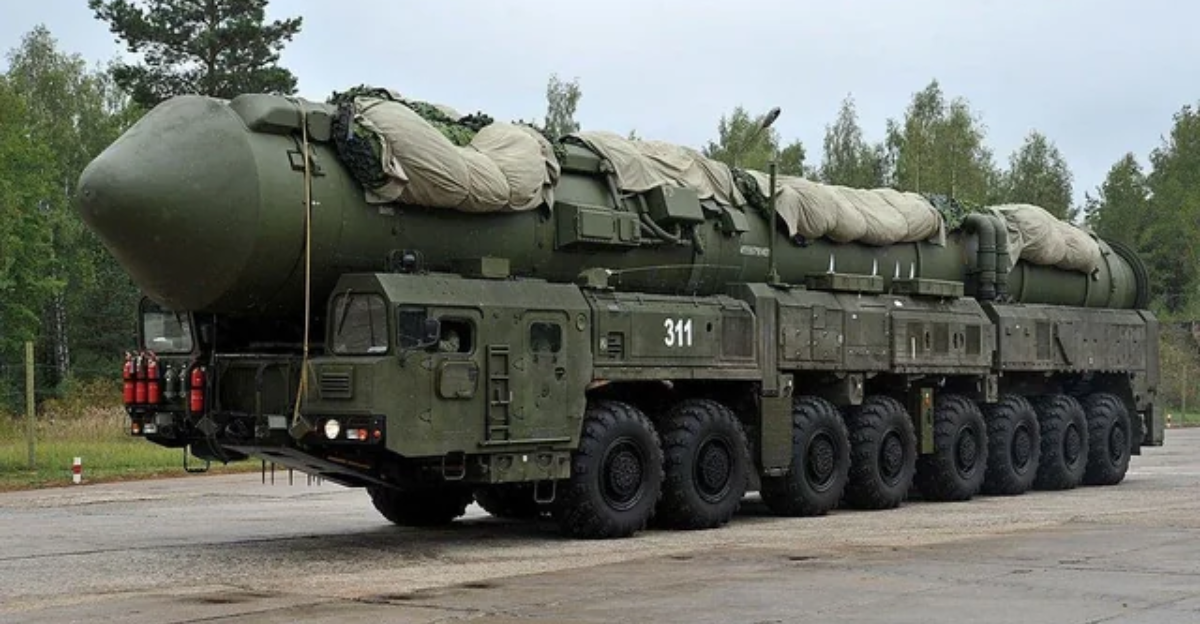
Making comparisons to technology transfers during the Cold War emphasizes how serious the problems of today are. In the 1980s, the Soviet Union transformed its submarine stealth by acquiring sophisticated foreign machine tools, which allowed it to avoid detection by the West in spite of sanctions. In a similar vein, the Russian missile assault of today, which makes use of Western microchips, implies that history will repeat itself, albeit more quickly due to globalization.
This comparison highlights how imports of cutting-edge technology can significantly shift the military balance over protracted conflicts, underscoring the need for swift action to address such dual-use component flows.
Attribution and Forensics Using Missile Debris Analysis
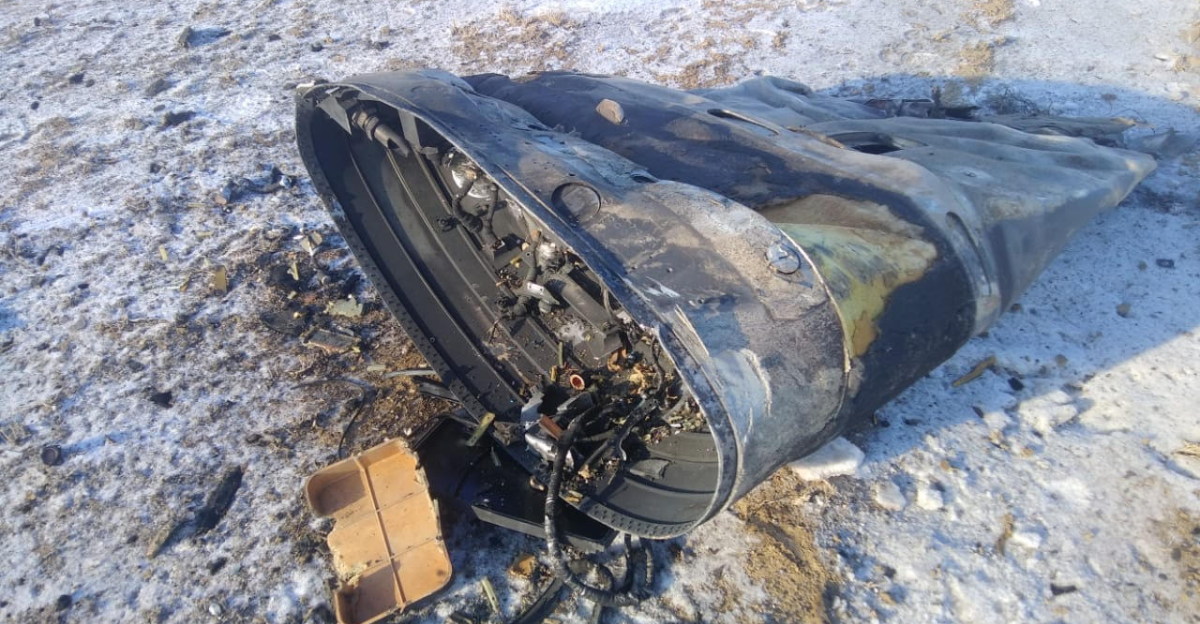
The complex supply networks underlying Russia’s missile arsenal are exposed by specialized laboratories in Kyiv that examine missile wreckage to determine component origins. U.S. microchips in Russian weapons are confirmed by forensic analysis, confirming reports of sanction breaches and open-source intelligence.
These initiatives support targeted enforcement, direct diplomatic pressure, and enhance attribution. By establishing accountability mechanisms that are necessary for strengthening export controls, the transparency offered aids in educating allies and policymakers. The effectiveness of contemporary conflict analysis and enforcement is increasingly influenced by such forensic science.
Illuminating the Way Ahead in a Complicated Conflict

The enormous Russian missile barrages, which are propelled by more than 100,000 foreign components, including chips manufactured in the United States, represent a complex strategic problem that combines geopolitics, logistics, and technology. It becomes clear how Russia continues its military campaign in spite of international efforts when one considers the historical background, the restrictions imposed by sanctions, and the complexity of the global supply chain.
This reality necessitates creative, well-coordinated responses that include enhanced export regulations, moral corporate responsibility, and innovative frameworks that view supply chains as battlefields. Resolving these issues is essential for maintaining international norms in the face of changing war paradigms as well as for Ukraine’s defense.